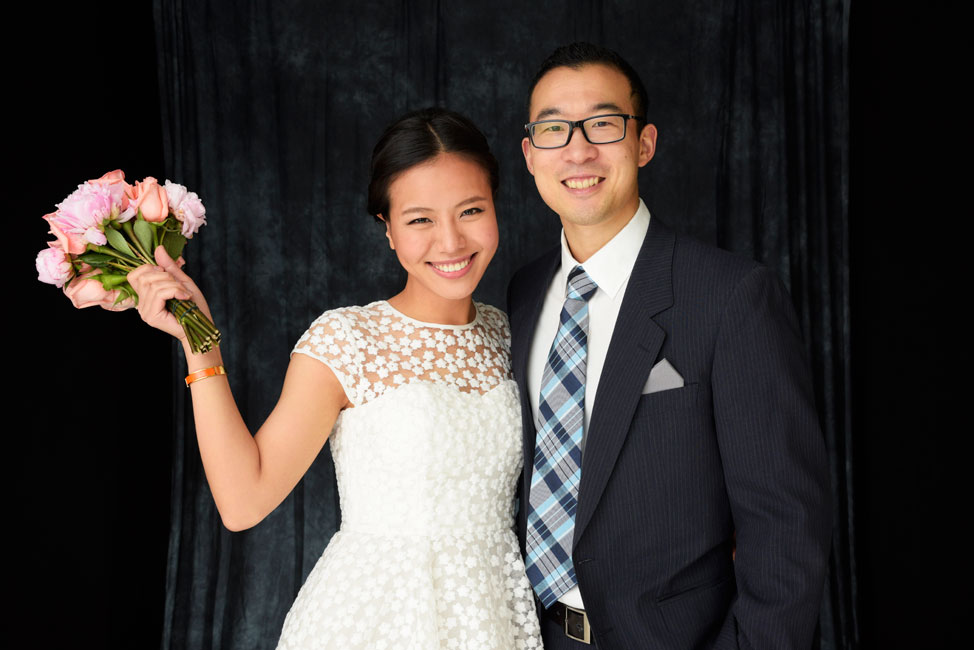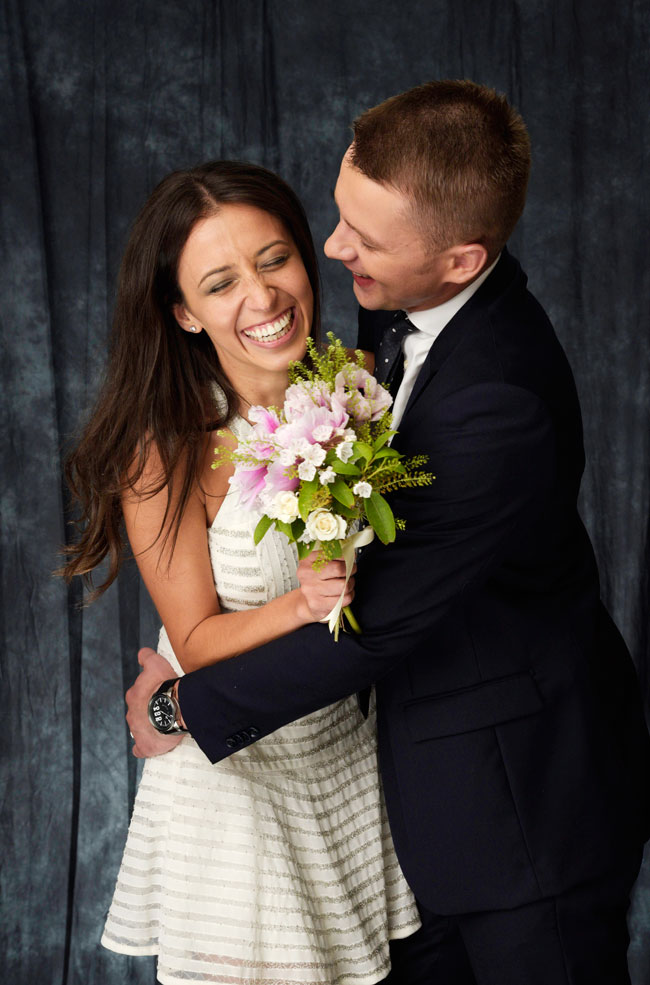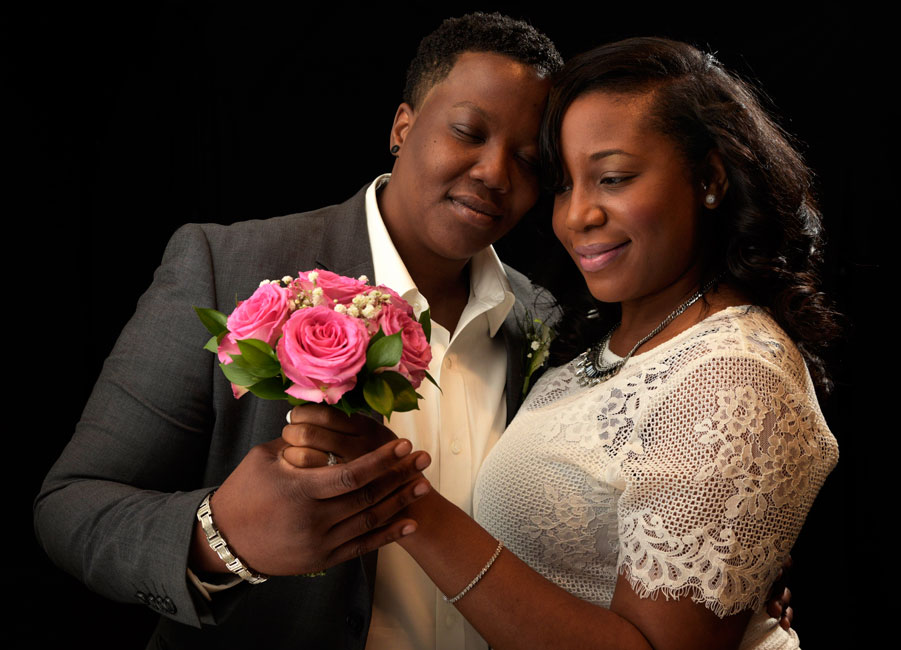7 Tips & Tricks to Taking Better Wedding Photographs
D750, AF-S NIKKOR 24-120mm f/4G ED VR, 1/250 second, f/6.3, ISO 400, manual exposure, Matrix metering.
1. Remember that nothing that is promised to you in terms of enough time to do your work is actually going to happen. People have the best intentions and will tell you things like, “You’ll have a big window in between this time and that time and we'll get all the pictures you need!” Or, you’ll be promised “at least an hour to do all the setup photography.” It won’t happen. Be prepared to run and gun all day long, making pictures on the fly, but having them look as if you had all the time in the world to set-up, compose, orchestrate and direct the action. The day is non-stop action, with all manner of delays, unpredictable circumstances, and at no point in time (most likely) will you have enough time to truly work. It’s just a given. Sometimes you will get the dream wedding and the dream couple and there will be a schedule that works out in your favor. But that doesn’t happen often. So just know going in you have to seize moments and minutes when you can, and make wonderful photos in literally seconds.
D750, AF-S NIKKOR 24-120mm f/4G ED VR, 1/250 second, f/9, ISO 400, manual exposure, Matrix metering.
2. Get somebody, most likely a friend of the bride, to be your envoy, liaison, and chief wrangler of faces and groups. You most likely won’t know Aunt Tilly from Aunt Jane, or the fact that Russell and Sue just went through a bitter divorce but are still part of the family and need to be in photos but shouldn’t be posed next to each other in the groups. You need an ally, somebody everybody knows and likes, to help you navigate. This person is worth their weight in gold. They will help you gather the players, point out holes in your coverage, and make sure the shot list gets fulfilled.
3. Speaking of shot lists, make sure you get one. Or, if you have an informal meeting with the bride and groom and they don’t have a formal listing of what they want, talk it out and take notes. Keep those notes handy. You will need a guide to the action and the needs and the faces, so that pre-wedding meeting can be very crucial. Also, know that even when the bride and groom say, "Oh, that type of stuff isn’t really necessary, don’t worry about covering tables,” you still should do it. It is your job to be a good journalist, and tell the complete story of their day. That means giving them as much good coverage as you can possibly manage. So, even if they say some aspect of the wedding is not that important, shoot it. This day will not come around again.
4. Speaking of groups, if you shoot weddings, you will shoot groups. The mantra of all group photography in these scenarios is simple and succinct. MAKE IT FAST AND MAKE IT FUN. You have to be part photographer, part stand up comic, part gracious host, part film director, and part field marshal. Direct the action! Give them something to do! Make sure everyone can see the camera with both eyes! That way you know they will not be partially blocked. Use frontal light sources, the softer the better, but in terms of direction, I would advise against too much light from one side or the other. Sidelight will create a series of shadows that will fall like dominos across all the folks in the picture, which is not a good thing. Remember this photo is not about you demonstrating a tour de force of intricate lighting skills. Just a nice simple light that enables everybody to be seen is what you’re after. It’s about them. Move fast. Crack jokes. Shoot like crazy. Display good energy. If you’re having fun at the camera, they will have fun being your subjects.
5. Pursuant to the idea of group photography, be careful of your f/stop selection! F/2.8 will not cut it for a group. Everybody has to be (reasonably) sharp. Depending on how many people are in the group, and how many “layers” of people are assembled, with a wide-ish angle lens (24 to 35mm) you will want at least f/5.6, and safer with something around f/8. This is where ISO is your friend. The higher-end digital cameras (which is what you should be shooting if you are marketing yourself as a wedding shooter and accepting fees for your services) will give you lovely results nowadays at ISO 800, 1600 and even higher. Use a combination of your lighting, the available light, and the ISO and shutter speeds to give you a desirable f/stop that will result in sufficient Depth of Field for a group photo.
D750, AF-S NIKKOR 24-120mm f/4G ED VR, 1/200 second, f/9, ISO 500, manual exposure, Matrix metering.
6. Immediately make arrangements for a workstation for yourself if you can. Some small table, out of the way of the action, and reasonably secure, that you can stash extra gear, and run a power strip so you can keep multiple camera batteries and flash batteries on charge. A computer should be set up here, too, linking to two hard drives. During the festivities, duck out at quiet moments and download cards, switch up batteries, and create saved folders of pictures on multiple storage devices. Also, sit down. Shooting a wedding is exhausting, so make sure you get some breaks along the way so you can keep your energy up as the partying starts.
7. Get there early. Negotiate an early arrival for the behind-the-scenes images of prep for the bride and groom. The more you are around and can demonstrate your fly-on-the-wall, charming personality, the more they will be used to you by the time the real action starts. Even if it’s a slow starting day, get there early, endear yourself to the moms and dads, and get acquainted with the wedding party. Remember names! Always impressive later when doing the groups and you can call out, “Shirley, move a little closer to Al if you would.” Sure beats, “Hey you in the pale blue dress!” First, that’s impersonal and bordering on rude. Second, if they’re in the wedding party, they’re all wearing pale blue dresses. But, if you got there early, and present in the dressing room with all the folks getting ready, you can remember and identify people, it makes everyone all the happier with your presence and can help later in the day when it is crunch time.






